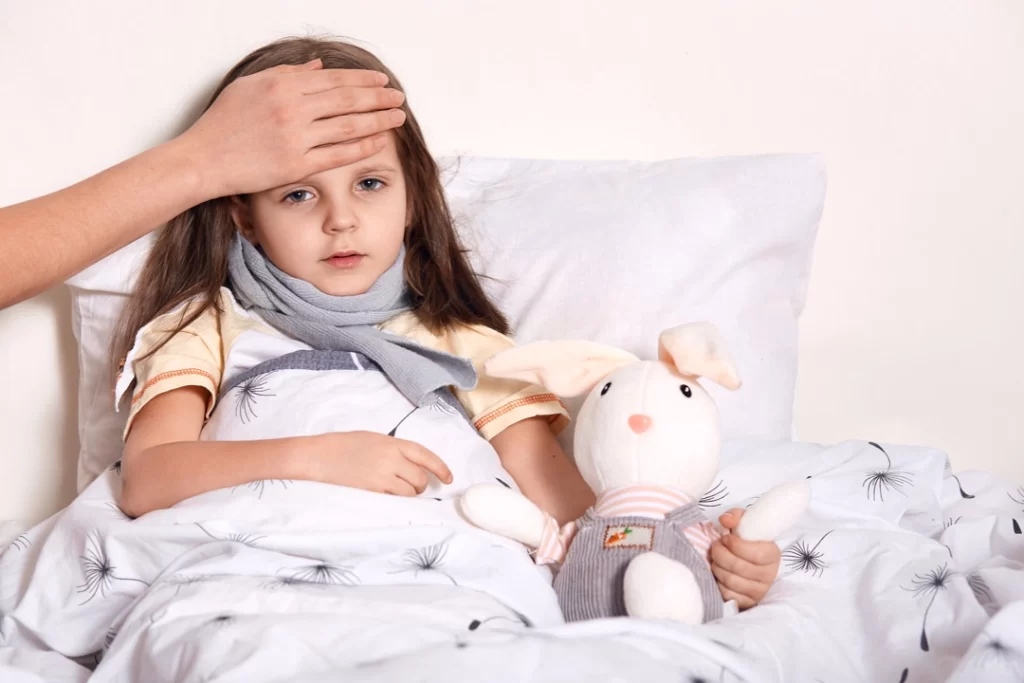Childhood illnesses are a common part of growing up. Most childhood illnesses are mild and go away on their own, but some can be more serious. It is important to be aware of the symptoms of common childhood illnesses so that you can seek medical attention if necessary.
Here are some of the most common childhood illnesses:
Colds: Colds are the most common childhood illness. They are caused by viruses and usually go away on their own within a week or two. Symptoms of a cold include runny nose, congestion, cough, and low-grade fever.
Ear infections: Ear infections are also very common in children. They are caused by bacteria or viruses that infect the middle ear. Symptoms of an ear infection include ear pain, fever, and drainage from the ear.
Flu: The flu is a respiratory illness caused by a virus. It is more severe than a cold and can cause high fever, chills, body aches, extreme fatigue, and nausea or vomiting. Most children get better on their own, but the flu can lead to serious complications like pneumonia, especially in younger children. The CDC recommends an annual flu vaccination for anyone, including adults, older than 6 months.
Diarrhoea: Diarrhoea is a common problem in children, especially infants and toddlers. It is caused by a virus, bacteria, or parasite. Symptoms of diarrhoea include loose stools, watery stools, and abdominal cramps.
Strep throat: Strep throat is a bacterial infection of the throat. It is caused by the group A streptococcus bacteria. Symptoms of strep throat include sore throat, fever, headache, and difficulty swallowing.
Chickenpox: Chickenpox is a highly contagious viral infection that causes a rash of itchy blisters. It is most common in children under the age of 10. Symptoms of chickenpox include fever, rash, fatigue, and loss of appetite.
Measles: Measles is a highly contagious viral infection that can cause serious complications, including pneumonia and encephalitis. It is most common in children under the age of 5. Symptoms of measles include fever, rash, cough, runny nose, and red, swollen eyes.
Mumps: Mumps is a viral infection that causes swelling of the parotid glands, which are located behind the jaws. It is most common in children between the ages of 5 and 15. Symptoms of mumps include fever, swollen parotid glands, muscle aches, and fatigue.
Rubella: Rubella is a viral infection that causes a rash, fever, and joint pain. It is most common in children between the ages of 5 and 15. Symptoms of rubella are usually mild, but the infection can be dangerous for pregnant women.
Roseola: Roseola is a viral infection that causes a rash, fever, and swollen lymph nodes. It is most common in children between the ages of 6 and 12 months. Symptoms of roseola usually go away on their own within a week.
Whooping cough: Whooping cough is a highly contagious bacterial infection that causes coughing fits. It is most common in infants and young children. Symptoms of whooping cough include coughing, whooping sound when inhaling, vomiting after coughing, and fatigue.
If you are concerned about your child’s health, please see a doctor. They can diagnose your child’s illness and recommend the best treatment.








